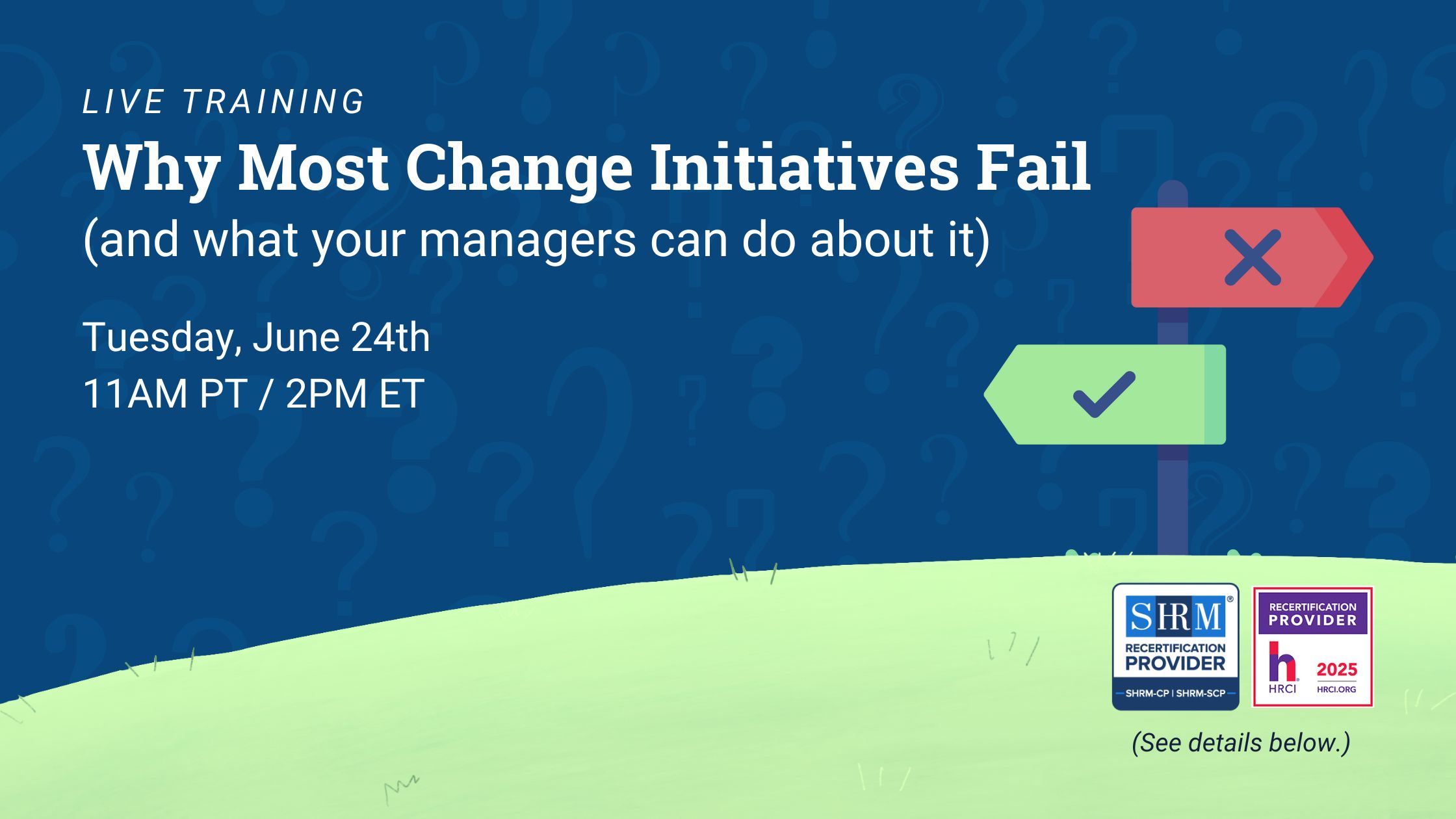The relationships between employees can impact how they feel about their job, which is why it’s important for companies to cultivate healthy connections with their teams. The following article will teach you how to use mutual trust to create lasting positive bonds with both in-office and remote employees.
How to Build Trust with Your Team Members
Trust is necessary to form functional teams because it leads to better communication in the group. Organizations that don’t make an effort to build trust with their professionals may see a decrease in their team’s motivation. This can result in lowered productivity and a negative work environment.
Focus on building relationships
Employers should try to integrate regular team activities into the workplace to strengthen the relationships of their team members. You could hold in-person meetings every week to help employees get used to spending time together. For those working from home, they could attend virtual meetings through apps like Zoom or Google Meet.
Fun activities, such as virtual escape rooms and quizzes, can promote friendship and laughter between teams. Establishing relationships through these kinds of activities can make your team more relaxed, while also contributing to a welcoming workplace culture. The familiarity gained from being together will help your professionals begin to trust one another.
 Introduce networking opportunities
Introduce networking opportunities
Interactions between team members are crucial for developing their trust. Introducing unique networking events can bring out a different side of an employee, allowing them to get to know each other a little better. For example, you can organize employee-led meetings where group members establish their credibility by presenting to the team.
Group outings can reveal impressive qualities of your team that might otherwise go unnoticed in a business environment. Using activities like soccer, happy hours and company lunches as networking events may highlight leadership skills. They can also introduce employees to new ways of working together.
Keep them up to date
An effective method of building trust between an employer and their team is to communicate factual and current information to employees. Those who are often misinformed or left in the dark may begin to see their group leader as unreliable and untrustworthy. Sending emails and having regular meetings where results and success stories are shared will make it easier for companies to keep their professionals updated on recent events and major changes.
 Recognize the team’s achievements
Recognize the team’s achievements
Celebrating an employee’s success can keep them enthusiastic about their position, while also showing their peers they are a dependable asset to the group. Your employees will have more faith in their team members as a result of their significant contributions to the organization. Career development solutions can help with this, as they encourage individuals to grow their current skills to improve their internal career opportunities.
Acknowledging the success of your team as a whole can also raise their confidence overall.
Admit when you don’t know the answer
Transparency is a major component of trust. Having the humility to admit you don’t know the answer can make teams feel empathetic towards their employer. It’s better to be truthful than to mislead your employees by lying or avoiding direct communication. These situations offer companies an opportunity to learn with their teams and grow together.
Share personal stories
Humanizing yourself to your employees through sharing can lead to deeper connections. Personal stories let leaders show their vulnerability, allowing team members to connect with them through shared life experiences. The tales are another form of honesty that managers can use to become more relatable and trustworthy to their employees.
No successful team can exist without establishing bonds through mutual trust. Core aspects of healthy group dynamics, such as respect and empathy, are the by-products of building trust. Any company can develop incredible teams by using the above information to improve the relationships of their professionals. INTOO’s coaches help employees in every stage of their career develop strategies to meet their goals, while employers reap the benefits of increased engagement, productivity, and retention. Learn more about how our career development programs can benefit your company.


 Introduce networking opportunities
Introduce networking opportunities Recognize the team’s achievements
Recognize the team’s achievements








